As an Amazon Associate, I earn from qualifying purchases.
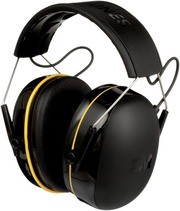
11 The importance of hearing protection in noisy environments is emphasized during a toolbox talk. Workers are educated about various protective gear options and how to use them effectively. This discussion promotes an understanding of risks associated with noise exposure among everyone. By making the protection of hearing a priority, teams create a safer working environment for all.
Contents
- 1 History of hearing protection toolbox talk
- 2 Hearing Protection Toolbox Talk
- 2.1 Importance of hearing protection toolbox talk
- 2.2 Overview of the risks hearing protection toolbox talk
- 2.3 Types of hearing protection toolbox talk devices (HPDs) available
- 2.4 Proper fitting and use of hearing protection toolbox talk
- 2.5 Importance of regular hearing assessments
- 2.6 Effectiveness of hearing protection
- 2.7 Common misconceptions
- 2.8 Strategies for promoting a hearing-safe workplace
- 2.9 Legal requirements and regulations
- 2.10 Resources for further information
- 3 Buying guide for Hearing Protection Toolbox Talk
- 4 FAQ of Hearing Protection Toolbox Talk
- 5 Conclusion
History of hearing protection toolbox talk
The history of headphones began around the close of 19th century. In 1891, an inventor called Emile Berliner designed the first model which could be connected to gramophone. That marked a birth of personal audio devices.
In those years headphones developed really fast. The military saw its possibilities during World War II and made more durable models with better sound quality and comfort. It was this progress in technology that became basis for further development of commercial headphones.
Musicians started using headphones in studios and live performances during 1960s. Notably, stereo headphones transformed listening experience since then because people could enjoy music much more than ever before.
This gave birth to companies who introduced innovations as technology advanced. The use wireless earphone enabled personal listening to take another trajectory altogether by allowing users move freely without wires entangling them. Headphones have different uses today like for casual listening or professional audio production.
Hearing Protection Toolbox Talk
Importance of hearing protection toolbox talk
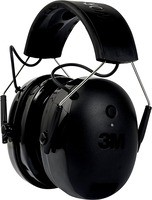
Hearing damage can be avoided by using appropriate equipment in noisy environments. Regular training ensures that employees understand the risk and significance of protection. Workers should have ear safety devices on at all times so as to protect their ears from harmful sounds. The health and safety measures include prioritizing ear protection awareness.ce
Overview of the risks hearing protection toolbox talk
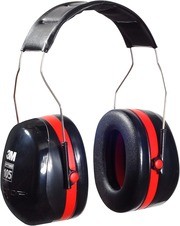
Health hazards due to noise exposure can cause irreversible damage to ones’ hearing abilities which affect communication and quality of life. Prolonged periods of exposure can lead to permanent harm, such as deafness which hinder communication and interfere with the affected person’s daily activities drastically. Through implementation of effective hearing protection programs these risks are reduced. Increasing awareness through regular training would create a safer working environment among workers.il Implementing effective hearing protection for now guarantees good health later on in life.
Types of hearing protection toolbox talk devices (HPDs) available
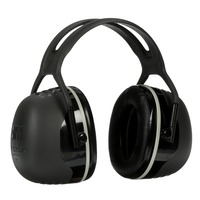
Earplugs, earmuffs, and noise-canceling headphones are some examples of HPDs available today. All these types help reduce noise levels effectively while improving comfortability as well. Choose the best HPD depending on your workplace or personal needs for maximum shielding.
Proper fitting and use of hearing protection toolbox talk
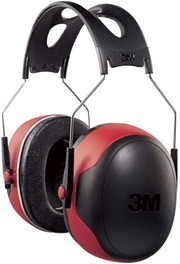
Proper fitting ear protectors ensure optimal efficiency level. Use it constantly whenever hazardous decibels surround you at work places. Educate team members on how important it is for them to take care of their ears. Never start any work activity without confirming that your ears are safe. Prefer ear wellness day after day.
Importance of regular hearing assessments
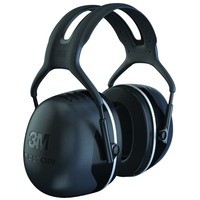
Regular audiometric testing plays a key role in protecting your auditory system’s well-being because it identifies issues early enough thereby enabling timely remedies. Maintain knowledge about sound levels which will enable proactive steps towards ensuring job safety. Always prioritize this assessment concerning your ears being healthy.
Effectiveness of hearing protection
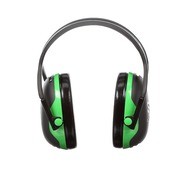
Noise-induced hearing loss is significantly reduced by hearing protection. This equipment protects employees from harmful sounds, while at the same time promoting a safe work environment. Applying efficient hearing protective systems enhances productivity in workplaces in general.Better training for usage ensures that it is most effective and improves compliance amongst staff.
Common misconceptions
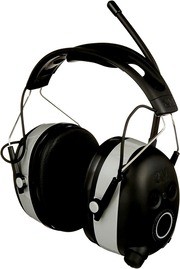
Hearing protection is often misunderstood. Some people think that earplugs or earmuffs are enough, but a proper fit and use greatly increase their effectiveness. Other individuals believe that noise levels do not cause adverse effects, yet this exposure eventually leads to permanent damage of the ears.Effective hearing protection practices are promoted through awareness and education.ce
Strategies for promoting a hearing-safe workplace

Provide your workers with appropriate ear protection in order to maintain a good work environment with less risk of deafness as an employer who cares for them should always do.This will make sure that they know how to protect their ears during work.
Legal requirements and regulations
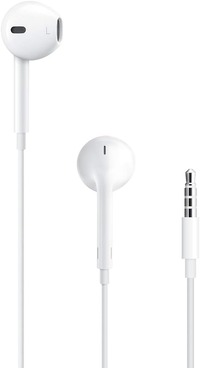
Encourage team members to have regular tests done on their ears so as to prevent any risks.Knowing the amount of noise around you would be helpful n identifying the risky situations which need attention.Have more activities based on understanding noise levels in your company.
Resources for further information
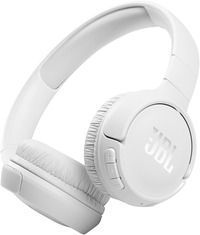
[Hearing protection toolbox talk] give critical information about dangers emanating from excessive noise. Participants in these discussions actively engage and share ideas on appropriate ways of conserving one’s ears when exposed to various sources of sound. Furthermore; it stresses the importance of selecting suitable protective devices against deafness at work places.
Buying guide for Hearing Protection Toolbox Talk
In conducting the toolbox talk regarding hearing protection, it is important that all participants understand why they need to protect their ears at work. To help you prepare, here is a guide:
Realize the Importance of Ear Protection:
Explain dangers linked with noise, for example deafness and tinnitus.
Discuss how long exposure to loud noises affects general health and productivity.
Distinguish the Noise Levels:
Use a noise level meter to approximate sound levels in the workplace.
Find out which sections have high noise levels (usually above 85 decibels).
Types of Hearing Protection:
Earplugs
They can be bought in disposable forms or those that can be used multiple times.
Confirm they fit well since this is what guarantees their effectiveness.
Earmuffs
The earmuffs are meant for comfort and can be worn while having earplugs for added protection.
Custom Molded Earplugs:
This type of ear plugs matches exactly the shape of individual ears, ensuring maximum comfort and noise reduction effect.
Choosing the Right Protection:
Evaluate the level of exposure and kind of work being done
Choose hearing protection devices that align with the environment and personal comfort levels.
Educating About Proper Use:
Illustrate how to insert earplugs properly or how to adjust earmuffs for maximum effectiveness
Talk about how wearing hearing aids constantly in noisy places is important.
Maintenance and Care:
Provide guidelines on proper cleansing and maintenance of hearing protection equipment
Regular checks should be made to ascertain if there are any worn out parts that must be replaced as necessary.
Encouraging Involvement:
Permit team members to discuss some experiences they have had concerning their hearing protection gears.
Create an open forum where every question regarding effective use of hearing protection is addressed constructively.
Reviewing Regulations and Standards:
Introduce participants to OSHA laws relating to hearing conservation programs
The company’s policies pertaining to safety measures should also include discussions about protective gear against noise elements like earmuff usage, following these regulations is crucial
Follow-Up :
Organize regular check-ups which would evaluate whether there were effective preventive measures put in place for heaings Ask people whether their protective gear was comfortable enough, as well as its ease in use.
By using this guide effectively, you will perform toolbox talk on a subject such as – Hearing Protection and ensure that all members of your team have appropriate means to shield their ears while at work.
FAQ of Hearing Protection Toolbox Talk
Why is hearing protection important on the job?
This is because it averts noise-induced hearing loss which is permanent and hampers communication, safety and quality of life in general.
What are some common types of hearing protection?
These include earplugs, earmuffs, and noise-canceling headphones. Each type comes with its own level of decibel reduction and comfort factor based on the nature of work environment.
When should hearing protection be worn?
In any case, wearing protective hearing devices must start whenever loudness goes beyond 85 dB or when working in noisy machinery or equipment enterprises.
How should hearing protection be properly fitted?
For example, ear plugs should fit snugly into the ear canal whereas earmuffs should fully cover the ears without any openings. The manufacturer’s instructions for fitting must be followed in order for them to be more effective.
What are the signs that hearing protection is needed?
These include ringing sounds in one’s ears after exposure to high volume music as well as noisy places where speech becomes hard to comprehend normally leading to eustachian tube pressure feelings.
Conclusion
In brief, an impressive hearing protection toolbox talk empowers employees to put their hearing health first. It raises awareness about noise hazards; calls for the use of protective equipments and motivates workers towards safe practices. Conversations like these foster a culture that values safety within organizations which safeguards employees’ welfare.
As an Amazon Associate, I earn from qualifying purchases.
